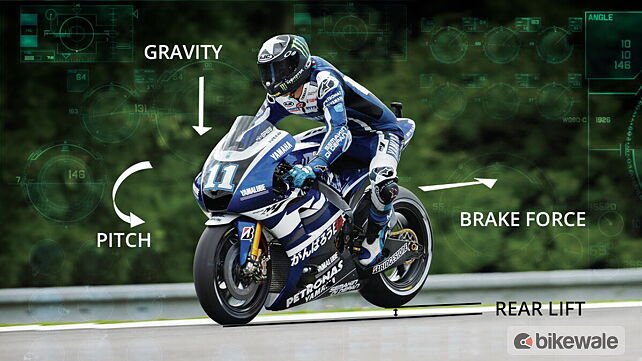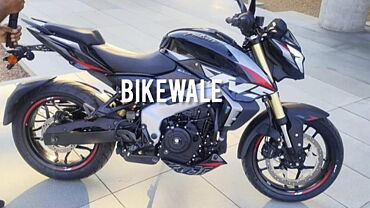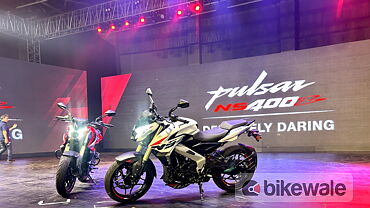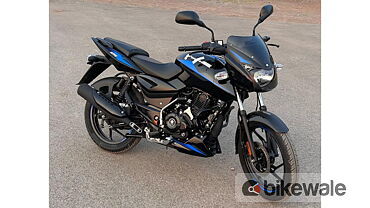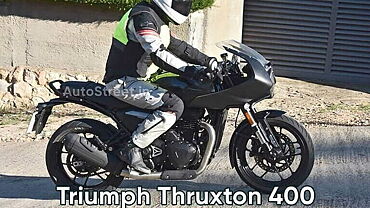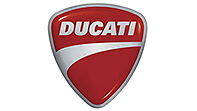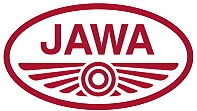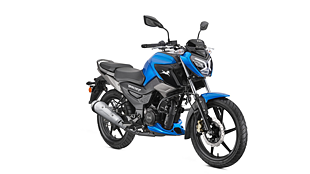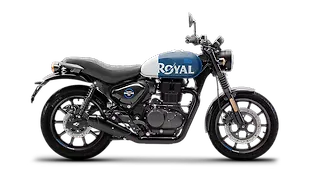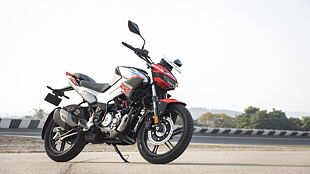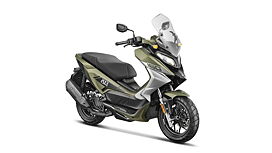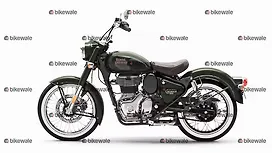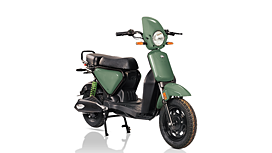Part 2 - Rear-lift mitigation and wheelie control

The primary function of the ABS on performance motorcycles is to make sure that your tyres do not lock up under heavy braking. So when you go hard on the brakes, the ABS will ensure you have the maximum available braking force. When you are braking the entire weight of the motorcycle is pushed forward which tends to lift the rear up.
When the rear lifts up, it will lose traction and the ABS unit will send more brake force to the front. This results in the rear lifting up further transforming it into a stoppie. You will obviously have lower degree of control on the motorcycle on one wheel and from here, steering becomes almost impossible.
Rear lift mitigation makes sure that your rear tyre does not pop up as you go hard on the brakes. While the gyroscope detects the weight shift to the front, the accelerometer will measure the rate of this weight shift to detect a possible rear lift. If the forward pitch after braking exceeds the threshold rate, the IMU will direct the ABS unit to cut the brake force to the front, thus, mitigating the chance of the rear lifting up or limiting the lift to a certain degree, depending upon how the IMU is tuned.
In motorcycles, pitch is the front-back rocking motion. While rear-lift mitigation controls the forward pitch, addressing the rearward pitch is also important. When you open the throttle on such powerful motorcycles, the centre of gravity (weight) shifts back. And when you have enough grip for the rear, the front wheel will pop up in to a wheelie.
In this case, it is the traction control that comes into play. The latest throttle-by-wire systems make it easier for the ECU to control the power output electronically. If you set your wheelie control to the highest setting, the six-axis IMU will detect the rearwards pitch and will start to cut the power output. The power output will be adjusted as per the accelerometer readings to strike the perfect balance between traction, acceleration and no wheelie. If you set the permissible limits to settings for lower restraint, or set the angle, the gyroscope comes into play to ascertain the exact angle of wheelie. The IMU then combines the inputs form the gyroscope as well as the accelerometer to make sure the wheelie doesn’t get out of control and letting the rider extract maximum acceleration from the motorcycle.
Gallery
1/1
Double Tap to Zoom


